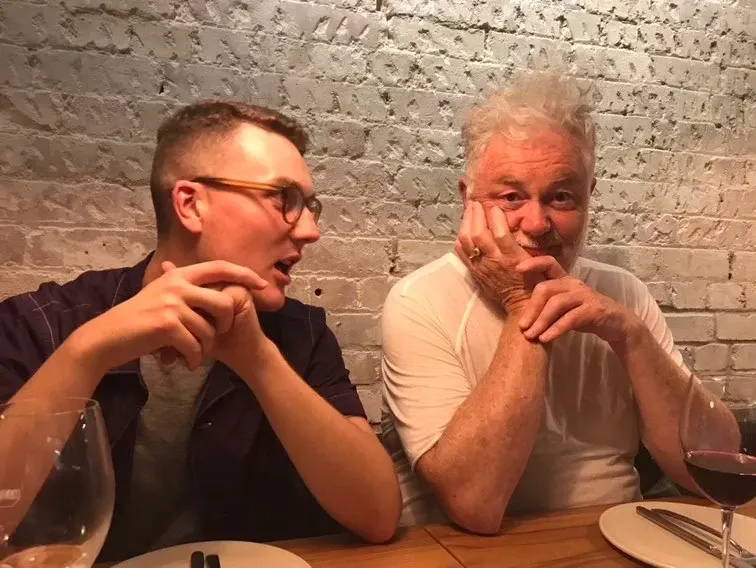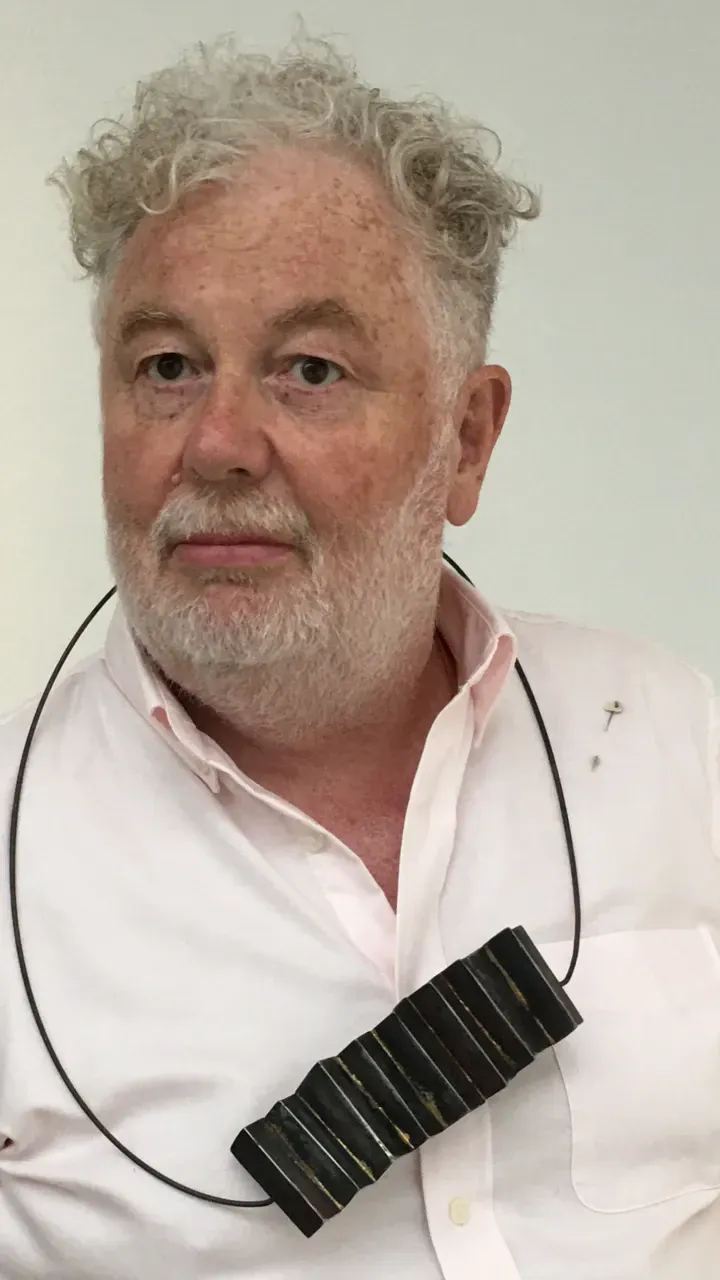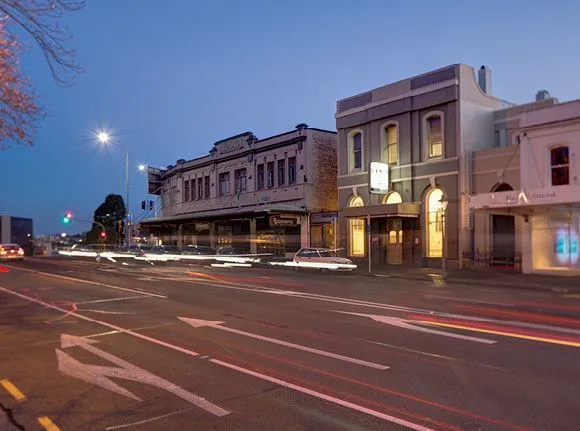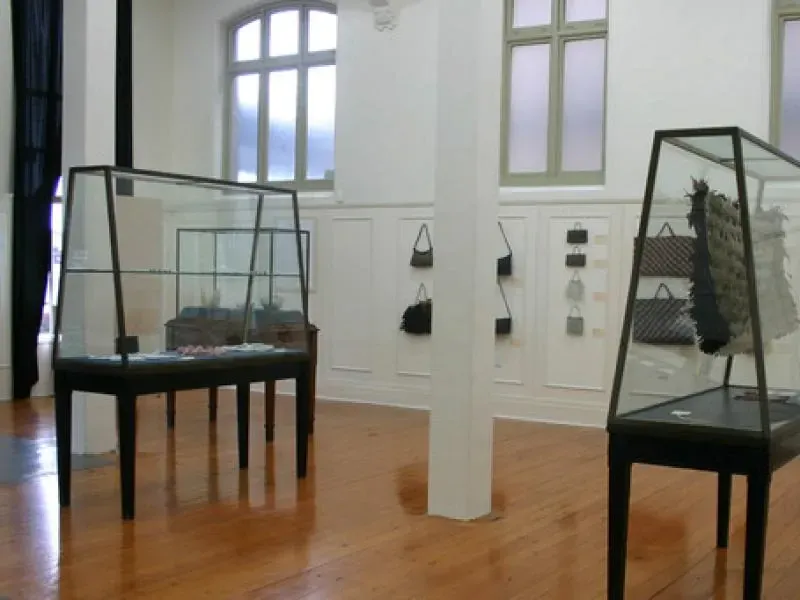Crafty Customer
Written by
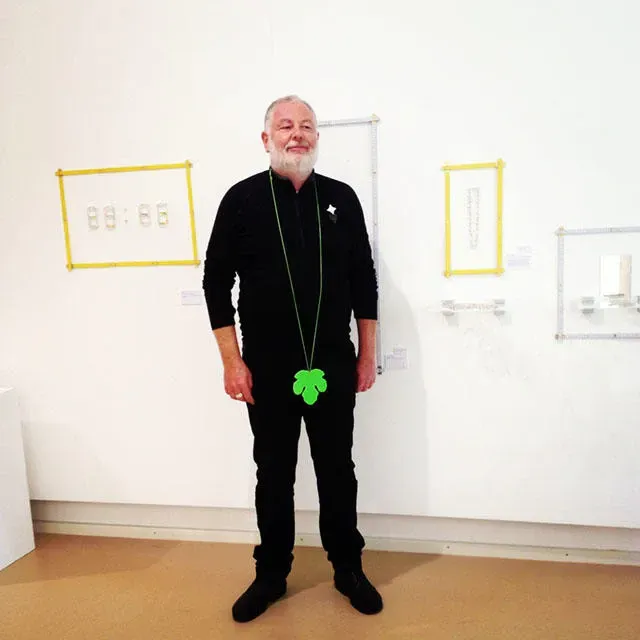
There’s no time for Netflix - or chill - in Philip Clarke’s lockdown lifestyle. He might be retired and he may not be able to leave his Grey Lynn home, but the 65-year-old isn’t the type to sit idle.
“I’ve always been quite ambitious in all sorts of ways — completely unambitious for myself, but if I get in behind something I say, ‘Let’s go for fucking global domination’.”
For more than four decades, many an arts organisation has benefitted from Clarke’s ‘bull by the horns’ approach to his mahi. And although it’s been five years since he resigned as director of Objectspace, he says, “In a funny way, the work that I was doing has continued but I do not get paid.
“I’m at my computer every day doing Blumhardt Foundation things [he’s the Chair of the organisation focussed on promoting and advancing crafts in New Zealand]. I’m still pretty involved in an organisational way. Last year we staged a national project with support from Creative New Zealand and I was the project manager on that. We’ve got money to give away and various partnerships and, since the lockdown, we’ve created an Instagram Artists in Residence programme.”
Clarke (Ngāti Awa) is also a trustee of the New Zealand Fashion Museum and Mansion House Foundation (an organisation that supports the preservation of the Kawau Island institution), and he writes about exhibitions in each issue of Art News in his ‘Auckland Postcard’ column.
There’s collecting too, acquiring more pieces to add to assortments of ceramics and jewellery, art and 18th-century mahogany furniture. It’s a lot to do. Although, “I did put a sweater on this morning and walk around the garden with my yoghurt and it was nice,” Clarke says, without a hint of irony, over the phone.
Sign From Above
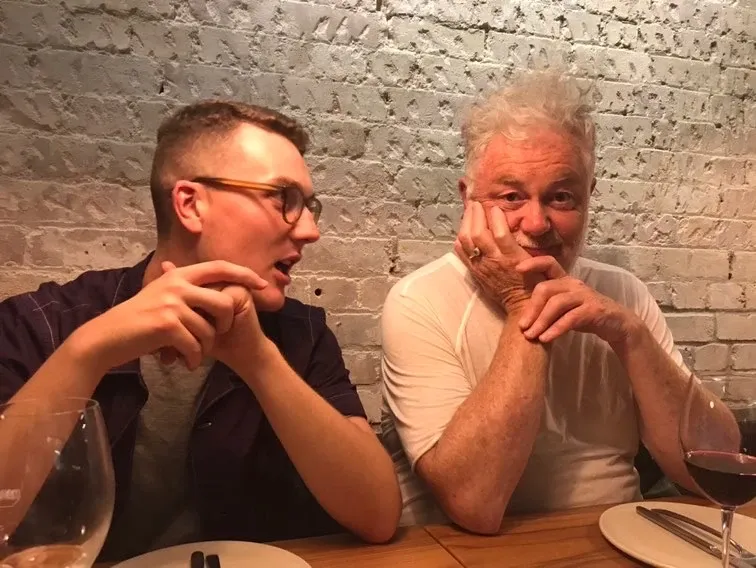
The Aucklander’s arts career was written in the stars — no really, it was. When he was around 10, he wrote to an astrologer featured in Thursday, a magazine his mother subscribed to, and commissioned his astrological chart. “When I found it again just a few years ago, it said you will become an arts manager or administrator,” explains Clarke. “Of course, they didn’t have the language to say exactly that, but they talked about organising and the arts.”
"There’s a role for experts in every sphere of life.”
Despite the celestial portent, Clarke’s career trajectory wasn’t predictable or planned. Clarke says he “didn’t come from a family that was in any way arts-oriented… There was an element of design awareness but my parents weren’t artists. The world of aesthetics and design was very important to my mother; the attention to things in the house, having pictures, design in the garden and her own clothes. My father was a businessman and a great believer in expertise. If you wanted to build a house, you went to an architect. He liked clothes and he went to a tailor. I absorbed that; there’s a role for experts in every sphere of life.”
Honing his Craft
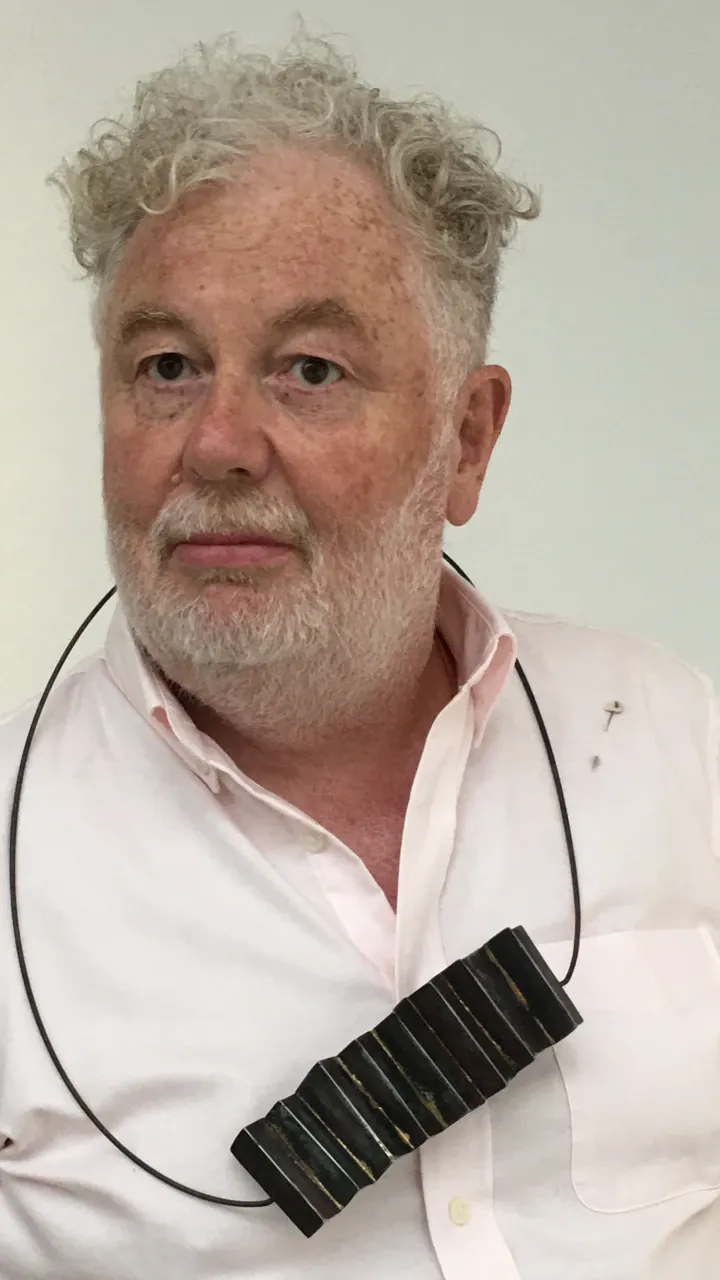
A Bachelor of Arts at The University of Auckland led to a Masters in History, a chat with a uni friend led to a job at the library, and that job led to studies in librarianship at Victoria University of Wellington (where he met his now-wife, Jane Wild). In 1981, Clarke’s first job in the arts presented itself: Information Officer at the Crafts Council of New Zealand.
“This is pre-internet. People would write to the Crafts Council for basic connections and information stuff,” reminisces Clarke of the Capital-based role. “I made a national directory of craft shops that sold like a bomb. And every two years we’d stage a national, multi-crafts conference.
“Very importantly, there was a funny little magazine and so three of us made a colour magazine. It was a formative experience for me and I’ve gone on to be involved with many publications over the years.”
Dedication Personified
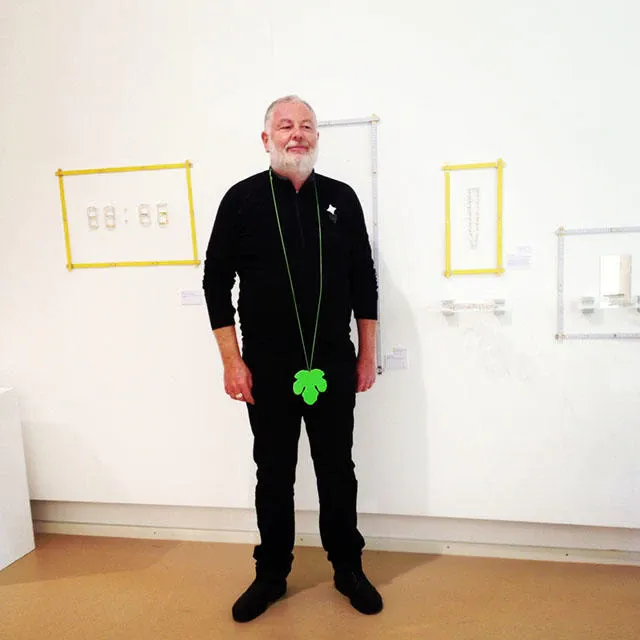
Clarke’s next job, after moving back to Auckland, was as a supervisor at ARTWORK, a Labour Government scheme. “I employed Philip in those halcyon days where we could dream up artists in residencies and massage them through the Labour Department,” recalls his boss at ARTWORK, Sandi Morrison.
"You’d be hard-pressed to find an arts leader that is more dedicated - passionate really - about the field,"
“He’s got such a big brain, Philip. He just has such a broad mind… You’d be hard-pressed to find an arts leader that is more dedicated - passionate really - about the field, and he’s gone on to make a lifetime commitment to the arts in the broader sense.”
In 1986, after ARTWORK was canned, Clarke took work as a tolls operator to pay the bills. He didn’t mind it, but the arts were now his passion, so he hustled. “I rang up the Arts Council and said I wanted to see the CEO,” he recalls. “I went to Wellington and I said, ‘OK, I've lost my job at ARTWORK. What are you going to do about it?’ There was a job coming up at the Northern Regional Arts Council and I got it.”
Clarke spent 17 years in the organisation (which evolved from the Arts Council into Creative New Zealand) managing funding programmes, developing policy and advising applicants in all areas of the arts, including theatre, dance, music, crafts and Māori and Pacific Island arts. A decade or so in, he started advising on a new concept, a gallery dedicated to presenting contemporary craft.
“In the late 90s, for all sorts of reasons, there were issues in the craft sector in New Zealand; the Crafts Council had been defunded and there was a gap in the infrastructure,” Clarke details. “Fine arts got coffee table books and large rooms in galleries, but craft, in terms of public art, didn’t get shown often and was a very slapdash affair.
“Because I dealt with people from all sorts of arts practices, people knew I had a personal interest in craft. A whole lot of people got together - there was a conference - and out of that was the idea for a new organisation and I became the designated Arts Council person liaising with them.”
Objectspace
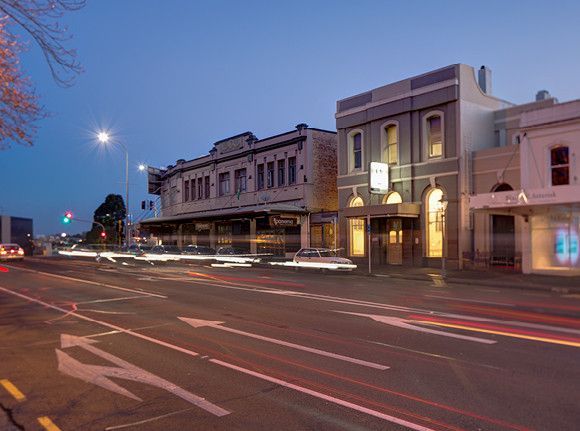
Objectspace's original premises on Ponsonby Road.
Warwick Freeman, jewellery maker and one of the individuals behind the genesis of Objectspace, says it gradually became clear that Clarke should make the leap to become the gallery director. “He knew as well as anyone the shortcomings, that the job wasn’t going to promise anything more than it could,” says Freeman. “He knew that the job description meant that he had to clean the toilets and paint the walls.”
"We thought, ‘Fuck it, we’ll just act like we’re big and important’,”
So Clarke was offered the role, jumped the fence from governance to gallery, and became the inaugural director of Objectspace, which opened in 2004 in an old bank building on Ponsonby Road. It helped that in 2000, he had embarked on a masters in Cultural Policy & Planning via correspondence.
“It was greatly daunting, but I had a great understanding of how things worked and happened and we thought, ‘Fuck it, we’ll just act like we’re big and important’,” Clarke remembers. “We had very small resources, no furniture, phone, computer, but I just got to it.”
Highly Regarded
“He’s not just a pointy head, but he can get into pointy head spaces while getting down to the coal face,” declares Morrison of Clarke’s ability to get his hands dirty while thinking strategically.
“He’s a large person with a large voice and a very outgoing, engaging personality."
“He doesn’t think in boxes and silos. In his mind, he has been able to move with the whole narrative of thinking about arts, crafts, making, the digital space and what it means and does for the arts in the 21st century.”
“He’s good at fronting up,” says Freeman, who chaired Objectspace’s board while Clarke was director of the gallery. “He’s a large person with a large voice and a very outgoing, engaging personality. I’d hide behind someone like Philip and his ability to front. Whenever there was a situation around programming or any number of things we didn’t have capacity to do, he was incredibly creative and could pull something out of the hat somewhere. “
Blurred Lines
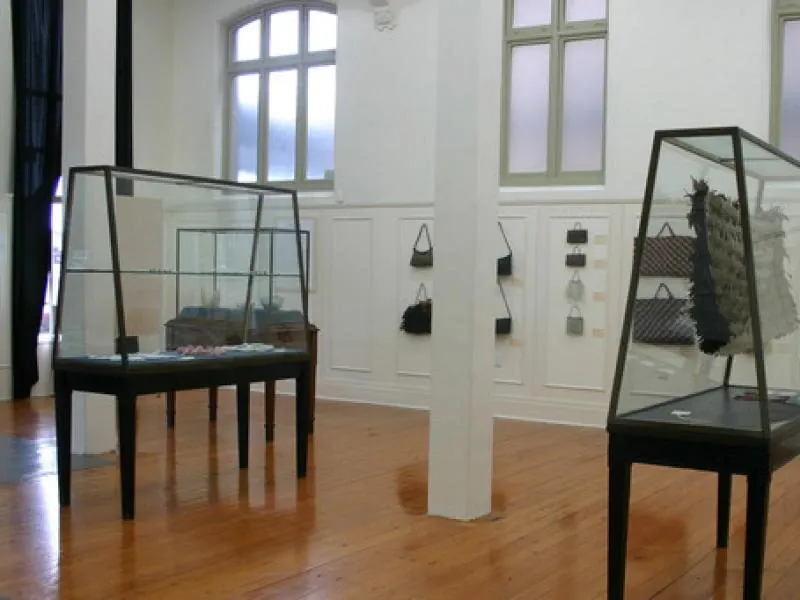
Craft on display at Objectspace during Clarke's reign.
With no budget for support staff for many years, the days were long at Objectspace, Clarke says: “The border between personal and professional life was a bit blurry, and I didn’t mind; I really believed in what I was doing.”
In 2015, Objectspace managed to double its funding which meant that new, bigger premises were within reach and the gallery could grow. “That was the reason, in a way, that I resigned,” Clarke says. “My father had died late in 2014; my mother was living in a hospital and needed support, but I realised that I’d done my dash. There was a new glass ceiling to push through and I didn’t have the energy.”
Clarke had achieved many of the things he had wanted: Objectspace had attracted attention from the existing bigger galleries and museums and had helped to push them to acknowledge and exhibit craft; it had created award-winning publications about craft too.
COVID-19 Impact
Now the gallery and the beautiful, architectural building that houses it in Ponsonby’s Rose Road, is temporarily closed, as New Zealand goes through the COVID-19 lockdown. The pandemic will be tough for New Zealand’s craft practitioners, Clarke acknowledges.
"The physical encounter with works, visual art and performances is so important."
“The immediate effect for many artists and makers is a dislocation. The arts sector is hit very hard because so much activity, in terms of consumption, is a discretionary activity and because the physical encounter with works, visual art and performances is so important.
“My initial university training was in history and I'm always inclined to take a long view,” he adds. “But I'm thinking that slowing down and really thinking about how we live is a good and necessary thing for the world to do.
“Artists will always have things to say but their social role may be quite different.”
Current State of Crafts
As for the artists Clarke keeps tabs on and collects, he says they are usually makers who have “a strong unique voice”. Works by ceramicists Richard Stratton and Peter Hawkesby and potter Laurie Steer can be found in his collection of 70 or 80 ceramic works, and he admires Areez Katki, Octavia Cook and Tangimoe Clay for their artistry.
Craft, as always, is in a vulnerable position in New Zealand, says Clarke. The attrition of tertiary courses in craft has meant “The sector has a lack of ambition... there are fantastic makers but there aren’t a lot of new people coming out. On the other hand, in the last decade, a lot of the boundaries have blurred in what is craft. We see it operating beyond the ghetto of craft and that repositioning puts it in a stronger place.”
So how should aspiring artists and arts managers withstand the instability of their realm?
“Life is about the bumps and every road is bumpy,” Clarke says. “You often carve out your own road and it’s going to be bumpy if it hasn’t been driven down before. So have an idea in sight or a reason to go down that road."
Written by Kirsten Matthew.
